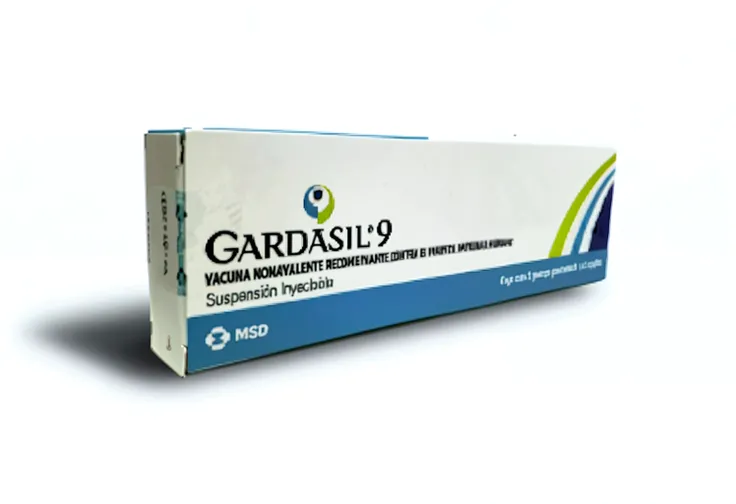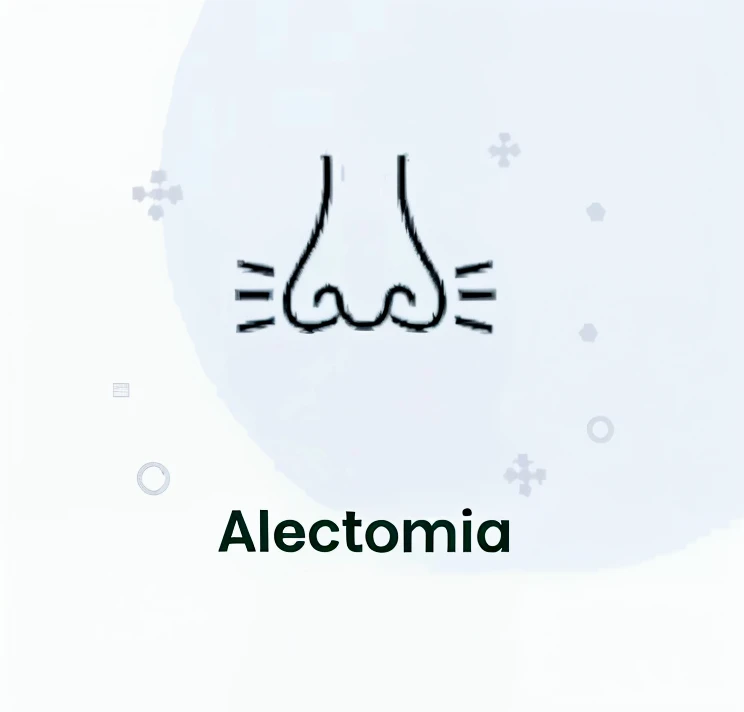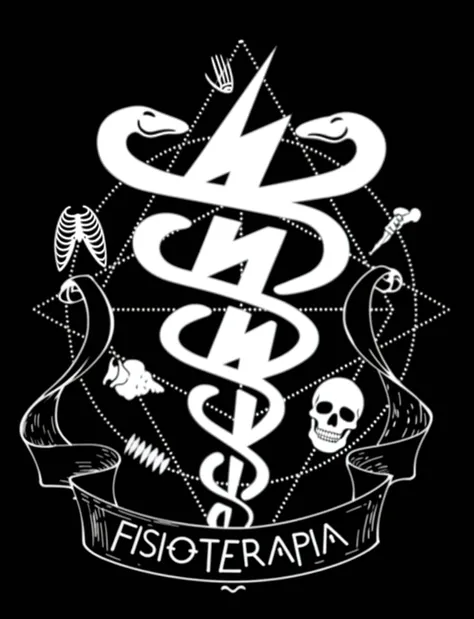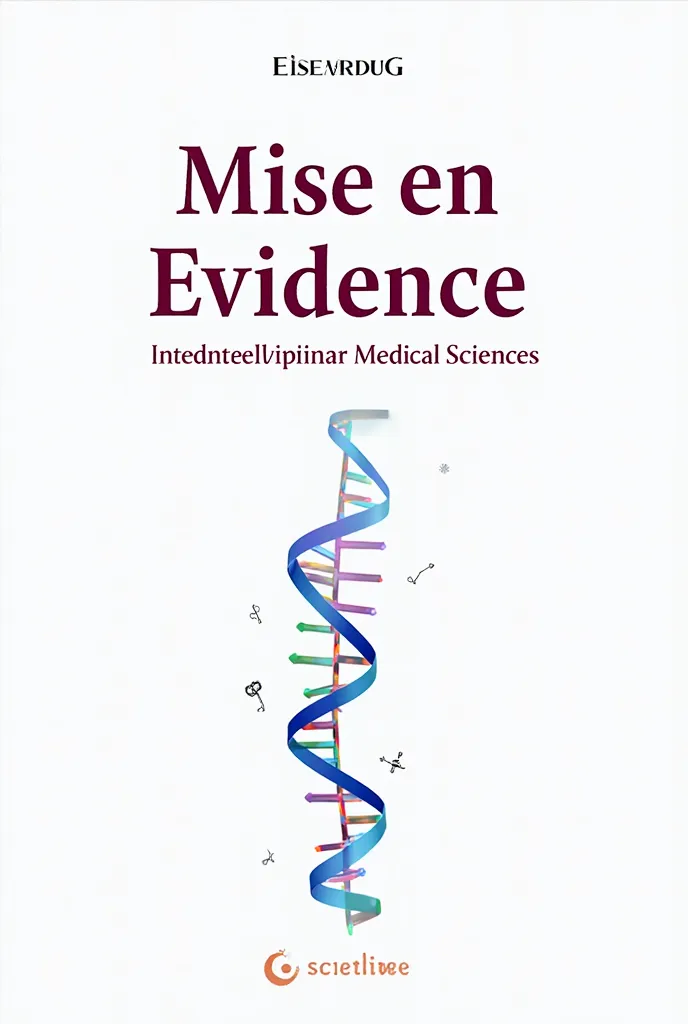Create a presentation with the following topics to develop; Primary prevention l
![Create a presentation with the following topics to develop; Primary prevention levels, secondary and tertiary medical The World Health Organization (OMS) defines three levels of prevention in occupational medicine: Primary prevention, secondary and tertiary. These levels have different objectives and techniques, depending on the individual's health status, group or community to which they are directed.
Primary Prevention - Objectives: Prevents the acquisition of the disease.
- Techniques; Vaccination, eliminación y environmental risk control, health education, etc.
- Action: Eliminates unfavorable factors before they cause illness or accident[1][4].
Secondary Prevention - Objective: Detects the disease in early stages to prevent its progression.
- Techniques: Health surveillance, early diagnosis and treatment.
-Action: Intervenes when the disease starts, with the aim of facilitating healing and avoiding chronicity.
Tertiary Prevention - Objective: Eliminates the effects of the consequences of the disease.
- Techniques: rehabilitation, treatment and palliative care.
- Action: It intervenes when the disease has already developed, with the aim of improving the quality of life of patients.
These levels of prevention are essential to reduce the burden of disease and improve people's quality of life..
Ejemplos de técnicas de Primary prevention
Las técnicas de Primary prevention incluyen:
- Elimination of environmental risk factors:environmental sanitation, environmental risk control.
- Protection of the organism: job security, Industrial hygiene, ergonomics and occupational medicine.
- Health education: Health promotion, disease prevention and health education.
- Vaccination: protection against diseases through vaccines.
- Prohibition of unhealthy behaviors; prohibition of smoking in public places and buses, ban on the sale of alcoholic beverages](https://image.cdn2.seaart.me/2024-06-24/cpsd24de878c738mjgtg/6bdd43bc4973c98dd1765ab7af3fba0f7120cfbf_high.webp)

Create a presentation with the following topics to develop; Primary prevention levels, secondary and tertiary medical The World Health Organization (OMS) defines three levels of prevention in occupational medicine: Primary prevention, secondary and tertiary. These levels have different objectives and techniques, depending on the individual's health status, group or community to which they are directed. Primary Prevention - Objectives: Prevents the acquisition of the disease. - Techniques; Vaccination, eliminación y environmental risk control, health education, etc. - Action: Eliminates unfavorable factors before they cause illness or accident[1][4]. Secondary Prevention - Objective: Detects the disease in early stages to prevent its progression. - Techniques: Health surveillance, early diagnosis and treatment. -Action: Intervenes when the disease starts, with the aim of facilitating healing and avoiding chronicity. Tertiary Prevention - Objective: Eliminates the effects of the consequences of the disease. - Techniques: rehabilitation, treatment and palliative care. - Action: It intervenes when the disease has already developed, with the aim of improving the quality of life of patients. These levels of prevention are essential to reduce the burden of disease and improve people's quality of life.. Ejemplos de técnicas de Primary prevention Las técnicas de Primary prevention incluyen: - Elimination of environmental risk factors:environmental sanitation, environmental risk control. - Protection of the organism: job security, Industrial hygiene, ergonomics and occupational medicine. - Health education: Health promotion, disease prevention and health education. - Vaccination: protection against diseases through vaccines. - Prohibition of unhealthy behaviors; prohibition of smoking in public places and buses, ban on the sale of alcoholic beverages
プロンプト
プロンプトをコピー
Create a presentation with the following topics to develop
;
Primary prevention levels
,
secondary and tertiary medical The World Health Organization (OMS) defines three levels of prevention in occupational medicine: Primary prevention
,
secondary and tertiary
.
These levels have different objectives and techniques
,
depending on the individual'
;
s health status
,
group or community to which they are directed
.
Primary Prevention - Objectives: Prevents the acquisition of the disease
.
- Techniques
;
Vaccination
,
eliminación y environmental risk control
,
health education
,
etc
.
- Action: Eliminates unfavorable factors before they cause illness or accident[1][4]
.
Secondary Prevention - Objective: Detects the disease in early stages to prevent its progression
.
- Techniques: Health surveillance
,
early diagnosis and treatment
.
-Action: Intervenes when the disease starts
,
with the aim of facilitating healing and avoiding chronicity
.
Tertiary Prevention - Objective: Eliminates the effects of the consequences of the disease
.
- Techniques: rehabilitation
,
treatment and palliative care
.
- Action: It intervenes when the disease has already developed
,
with the aim of improving the quality of life of patients
.
These levels of prevention are essential to reduce the burden of disease and improve people'
;
s quality of life
..
Ejemplos de técnicas de Primary prevention
Las técnicas de Primary prevention incluyen:
- Elimination of environmental risk factors:environmental sanitation
,
environmental risk control
.
- Protection of the organism: job security
,
Industrial hygiene
,
ergonomics and occupational medicine
.
- Health education: Health promotion
,
disease prevention and health education
.
- Vaccination: protection against diseases through vaccines
.
- Prohibition of unhealthy behaviors
;
prohibition of smoking in public places and buses
,
ban on the sale of alcoholic beverages
情報
Checkpoint & LoRA

Checkpoint
CyberRealistic
コメント:0件
0
0
0











































